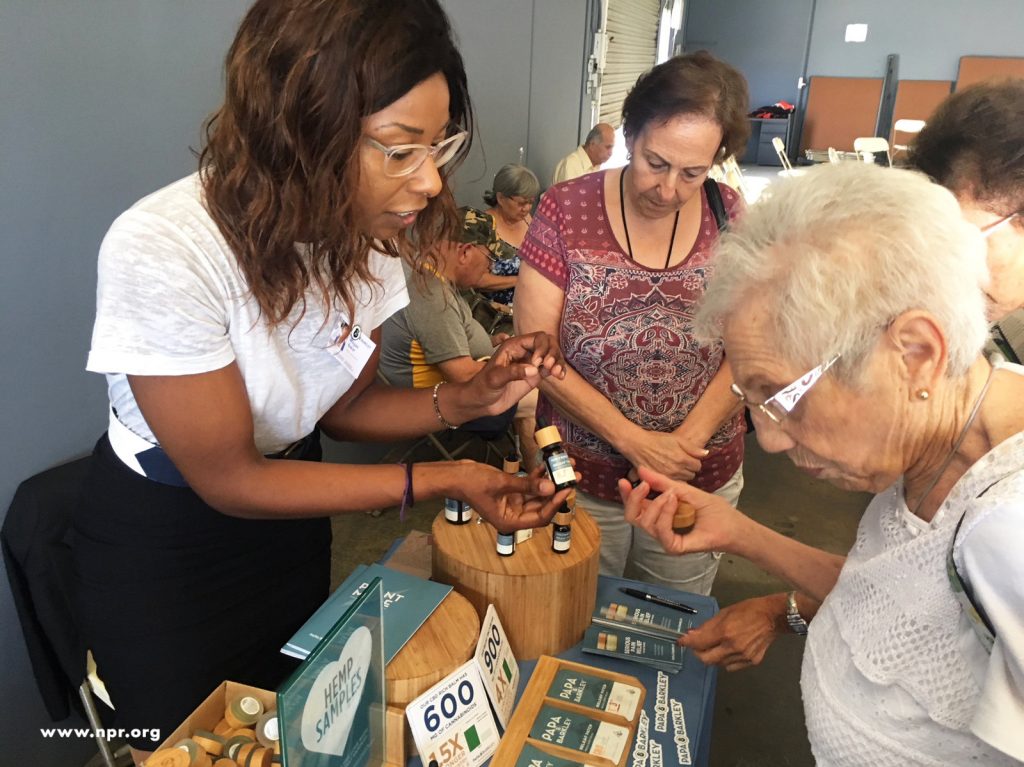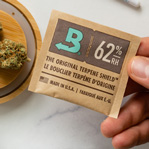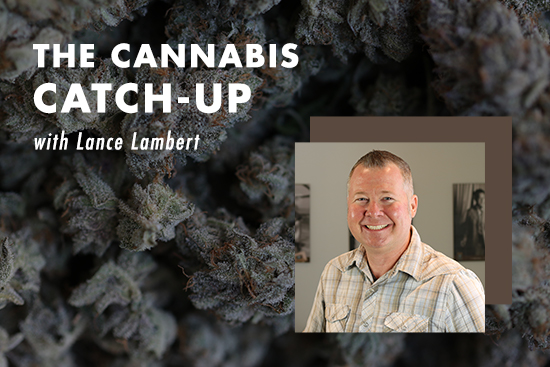Why is the U.S. federal government so cautious about cannabis? Cannabis is still a Schedule I controlled substance. Some want cannabis moved to Schedule II. Others want to remove flower’s controlled substance label and adopt cannabis safety standards.
“Cannabis is so interesting. At what point will the governments everywhere across the world wake up?”
-Todd Shapiro on the Cannabis Catch-Up
The Cannabis Catch-Up is sponsored by Boveda, the leader in two-way humidity control for buds. Subscribe to the Boveda Cannabis YouTube Channel. Or listen to Lance Lambert’s insights live every Monday at 4:20 pm EST on The Todd Shapiro Show (SiriusXM Channel 167).
TURN UP WITH CANNABIS CONVERSATION STARTERS AT YOUR NEXT GET-TOGETHER:
- There’s been a shift from education and advocacy to business and investing now that Canada is legal and more big players are getting into the cannabis market. (3:02
- More people are more interested in investing in touch versus no-touch cannabis companies. For example, a medical cannabis producer and distributor like Aurora Cannabis is a touch cannabis company. Boveda is a no-touch company because it doesn’t grow, process or handle cannabis. Boveda complements the cannabis industry by preventing evaporation and moisture weight loss during curing, storing and retailing. (3:40)
- A recent study found that cannabis may be an effective treatment for rheumatoid arthritis (RA) (6:00)
- Researchers like Dr. Sue Sisley are leading the first federal study on the effects of cannabis on veterans with post-traumatic stress. (6:36)
- Cannabis-Med.org/studies provides overviews of clinical studies with cannabis or single cannabinoids for different diseases. You can search cannabis studies on specific medical conditions, such as inflammatory bowel disease, multiple sclerosis, spinal cord injuries and sleep disorders. (7:02)
- Both baby boomers and seniors are reversing their opposition to medicinal MJ. They’re also the fastest growing demographic of adult cannabis users. (8:16)

Megan Baker (left) of Papa & Barkley Co., a Cannabis company based in Eureka, California, showed Shirley Avedon of Laguna Woods different products intended to help with pain relief. From www.npr.org.
“All of us stereotype and generalize demographics in general, we just do it day-to-day. When you meet older individuals, we sometimes think they’re still in the proverbial ‘green closet.’ We think they aren’t educated, but they are.” (9:57)
- What’s the difference between Schedule I and Schedule II controlled substances? According to the U.S. DEA, Schedule I drugs have a higher potential for abuse and dependency than Schedule II drugs. So why is cannabis a Schedule I drug while deadly synthetic opioids, like fentanyl are Schedule II drugs? (10:56)
- The U.S. is so far behind Canada and Mexico when it comes to recognizing cannabis’s potential—both medically and financially. (12:22)
- Way back in 2001, Canada launched Medical Marijuana Access Regulations to allow individuals with HIV/AIDS and other illnesses to have legal access to MMJ. (12:41)
- California was the first U.S. state to legalize cannabis for medicinal use. Proposition 215, also known as the “Compassionate Use Act,” passed in 1996. (12:57)
- Even in legal rec markets, people still buy cannabis on the black market if they don’t have access to dispensaries. (15:39)
- Buying black market cannabis is dangerous. Pesticides, mold or heavy metals can contaminate black market flower. If humidity isn’t controlled, evaporation of terpenes and moisture compromises experience and potency. (16:55)




